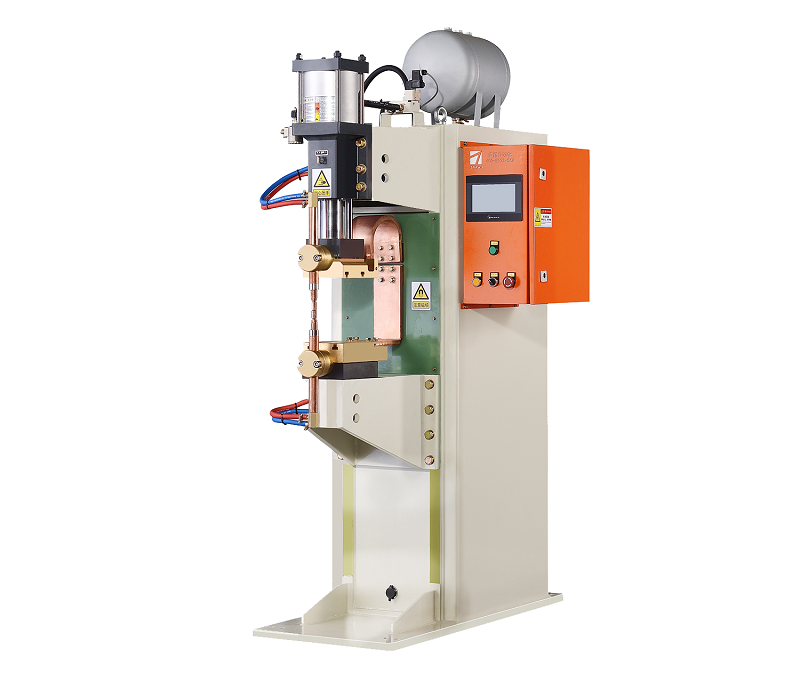What is Pre-Pressing Time in Medium Frequency Spot Welding Machines?
Medium frequency spot welding machines are widely used in various industries for their efficiency and precision in joining metals. One crucial parameter in the spot welding process is the pre-pressing time, which plays a significant role in ensuring the quality and durability of the welded joints.

Pre-pressing time, also known as squeeze time or hold time, refers to the duration during which the welding electrodes apply pressure to the workpieces with a certain force before the actual welding current is applied. This phase is essential for several reasons:
- Alignment and Contact: During the pre-pressing time, the electrodes exert pressure on the workpieces, ensuring proper alignment and consistent contact between the metal surfaces. This minimizes the possibility of air gaps or uneven contact, which could lead to poor weld quality.
- Surface Decontamination: Applying pressure helps to squeeze out contaminants, oxides, and surface irregularities from the welding area. This ensures a clean and conductive surface for the welding current to pass through, resulting in a stronger and more reliable weld.
- Material Softening: Depending on the metals being welded, the pre-pressing time can contribute to the softening of the materials at the welding point. This can facilitate the subsequent flow of material during the welding process, leading to better fusion and a more robust weld joint.
- Stress Distribution: Proper pre-pressing allows the stress to distribute evenly across the workpieces. This is particularly important when joining materials with varying thicknesses, as it helps prevent distortion or warping of the components.
The optimal pre-pressing time can vary based on factors such as the material type, thickness, electrode force, and the specific welding application. It’s a balance between allowing enough time for the above-mentioned benefits to take place without unnecessarily prolonging the welding cycle.
In conclusion, the pre-pressing time in medium frequency spot welding machines is a critical parameter that significantly influences the quality and integrity of welded joints. By ensuring proper alignment, decontamination, material softening, and stress distribution, this phase sets the foundation for a successful welding process. Manufacturers and operators should carefully determine and adjust the pre-pressing time to achieve optimal results in their welding applications.